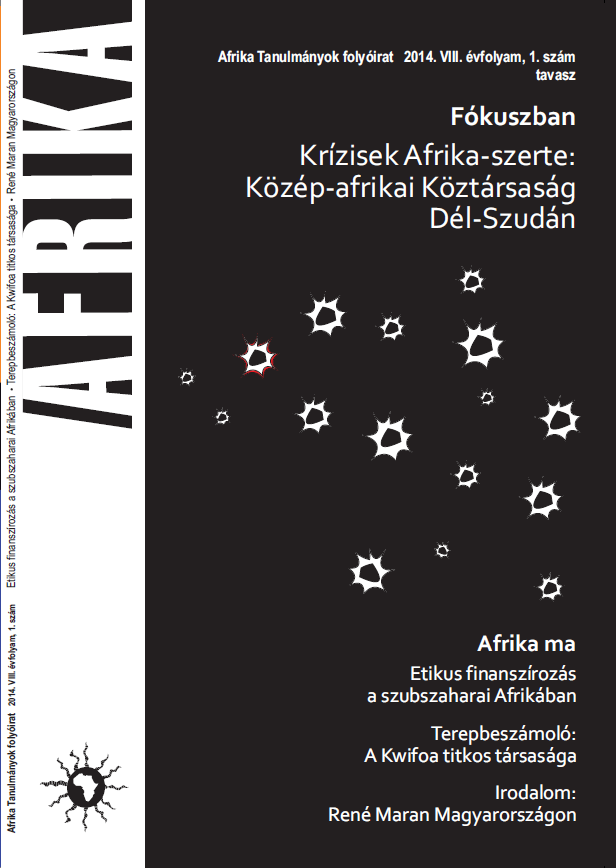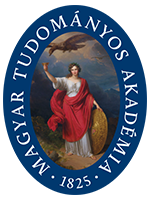The Evolution of Lethal Spaces in the Middle of Africa
Chronology of the Middle African Crisis
Keywords:
Central African Republic, Zaraginas, State violence, MISAB, Ethnic conflictAbstract
The Central African Rebublic became independent in 1960. In this study I investigate the role of the heads of state and the armed forces of the country (FACA) in applying different forms of violence against each other and against society at large. Their relation can be characterised by the lack of mutual trust: three chiefs of staff overthrew the power of three heads of state by a coup d’etat. One of the heads of state rearranged the armed forces on the basis of ethnicity, another organised his own militia against the FACA, also on ethnical basis, which had additional serious consequences.
For decades, armed bandits (zaraginas) have also contributed to the constant expansion of spaces of violence. They blackmailed farmers, who would be protected by the state, to pay money for them. Some warlords used the money to arm groups with weapons and vehicles. Hundreds of thousands of civilians have escaped of the civil war that started in 2004. The second civil war ended in March 2013, when a rebel alliance (Seleka), mostly consisting of northern Muslims, and lead by Michel Djotodia, overthrew president Bozize’s power. The Seleka did not have a joint programme besides removing president Bozize. Moreover, the faithless and lawless zararaginas, as well as foreign mercenaries also joined the alliance, and they launched attacks, lotted and slaughtered Christians for several months. The temporary head of the state, Michel Djotodia and his government could not restrain them.
The Christian majority formed some groups of self-defence (antibalaka) and as retaliation, they slaughtered Muslims. Because of the third civil war, Djotodia had to step down. Today, the main enemy is the anti-balaka groups, which no longer practice selfdefense.
Downloads
Published
How to Cite
Issue
Section
License

This work is licensed under a Creative Commons Attribution-NonCommercial-NoDerivatives 4.0 International License.
















